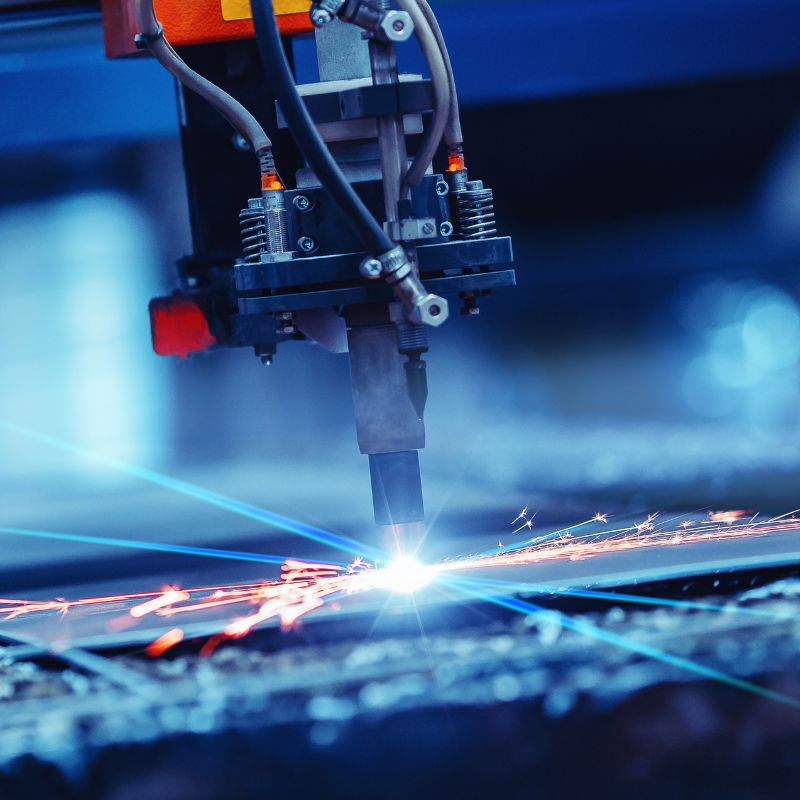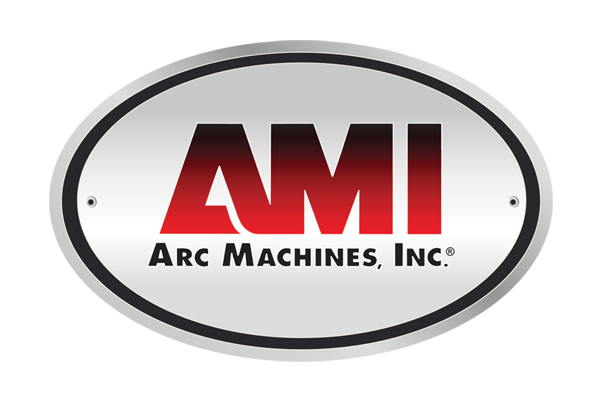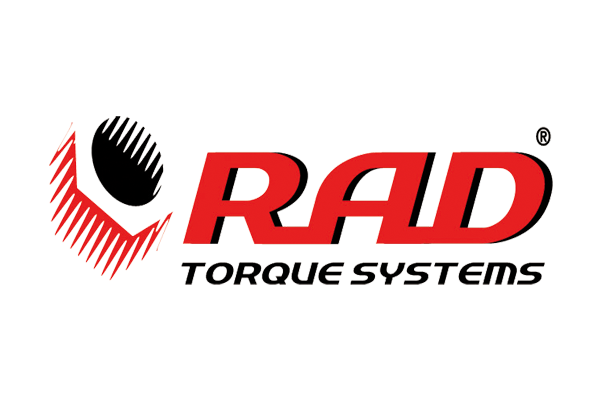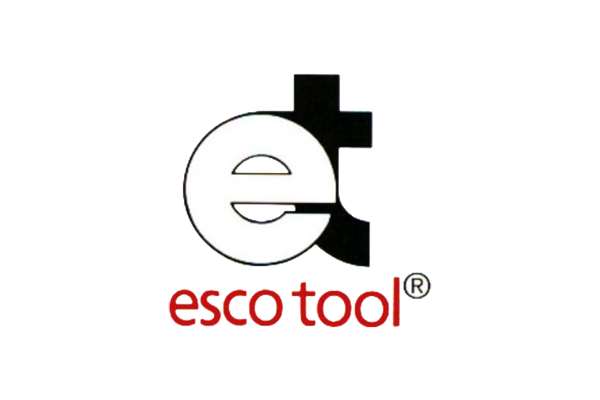4 Orbital Welding Techniques for Joining High-Strength Metal
High-strength metals like stainless steel and titanium offer excellent mechanical properties and corrosion resistance. However, welding these metals can be challenging because of their high melting points and low thermal conductivity, often leading to distortion, poor weld quality, and cracking.
Orbital welding techniques can help overcome these challenges and deliver high-quality welds that fulfill the stringent requirements of aerospace, defense, and medical industries. Let’s discuss four orbital welding techniques for joining high-strength metal and their benefits.
Gas Tungsten Arc Welding (GTAW)
Gas tungsten arc welding (GTAW), or tungsten inert gas (TIG) welding, is a popular technique for joining high-strength metal. GTAW uses a non-consumable tungsten electrode and a shielding gas such as argon or helium to create an electric arc between the electrode and the workpiece. The arc produces heat that melts the metal, creating a weld bead that fuses the pieces.
Plasma Arc Welding (PAW)
Plasma arc welding (PAW) is another orbital welding technique that uses a plasma arc to melt the metal and create a weld. PAW uses a gas such as argon or nitrogen to ionize the plasma, which generates intense heat that melts the metal. PAW is similar to GTAW but offers higher welding speeds, deeper penetration, and lower distortion.
Electron Beam Welding (EBW)
Electron beam welding (EBW) is a non-contact welding technique that uses an electron beam to generate heat and melt the metal. EBW is a highly precise and efficient welding process that can produce high-quality welds with minimal distortion. EBW is ideal for welding high-strength metal with thicknesses greater than 0.125 inches and is common in the aerospace and medical industries.
EBW is a challenging process that requires a vacuum environment, high-power electron guns, and precise control of the beam parameters. However, the benefits of EBW include high welding speeds, efficient use of materials, and the ability to weld dissimilar metals.
Laser Beam Welding (LBW)
Laser beam welding (LBW) is a popular orbital welding technique that uses a focused laser beam to melt and join metals. LBW is similar to EBW but uses a laser instead of an electron beam. LBW is a highly precise and efficient welding process that can produce welds with high strength and minimal thermal distortion.
Welding high-strength metal requires the right welding technique to deliver the desired quality, productivity, and cost-effectiveness. Orbital welding techniques such as GTAW, PAW, EBW, and LBW offer several advantages over conventional welding techniques and can help overcome the challenges of welding high-strength metal. By choosing the right technique for your welding needs, you can ensure your welds meet the stringent requirements of your industry and deliver the maximum benefits.
If you need orbital welding supplies, SEC Industrial offers a wide range of products, including orbital welding power sources, weld heads, and accessories. Contact us today to learn more about our products and how we can help you improve your welding processes.









